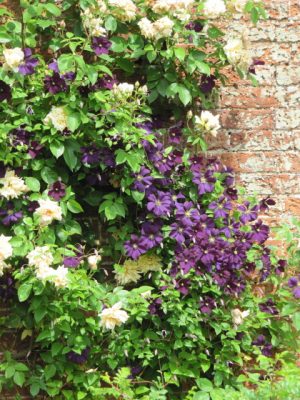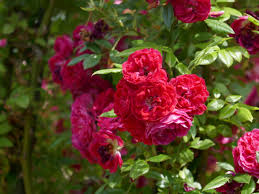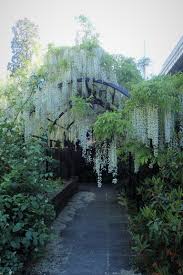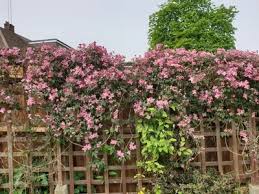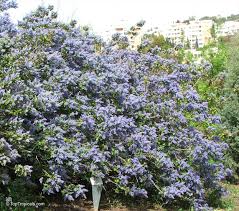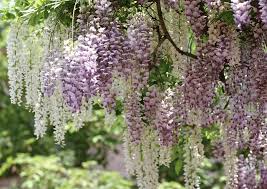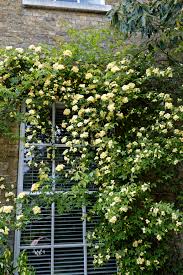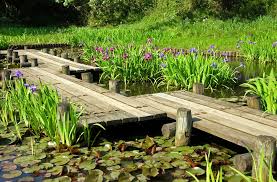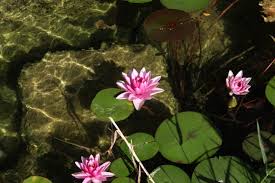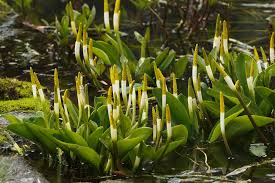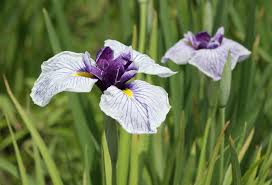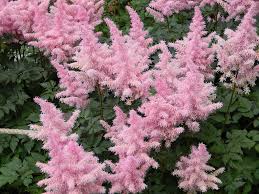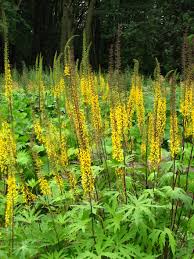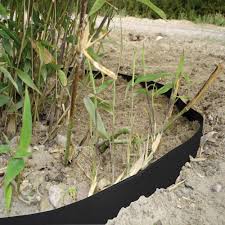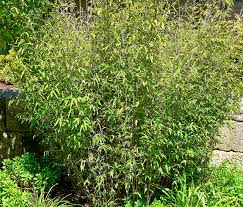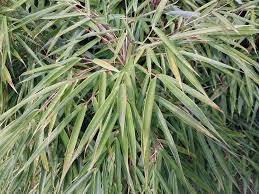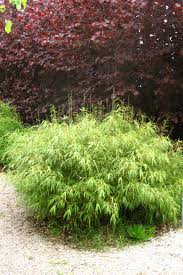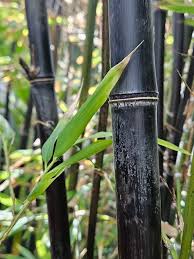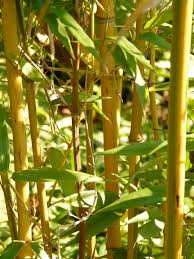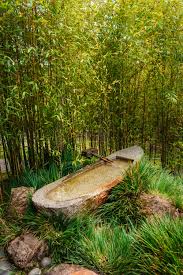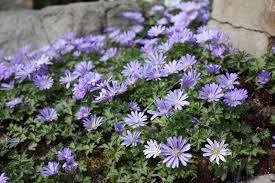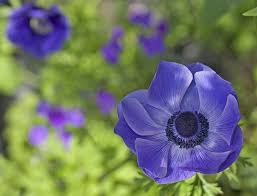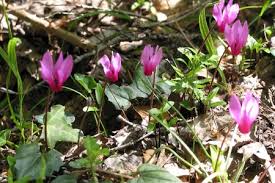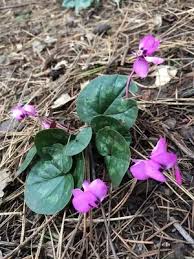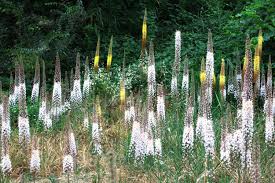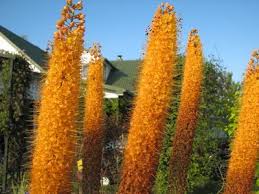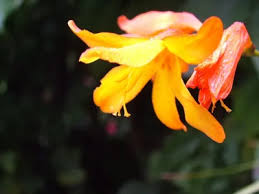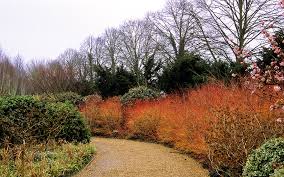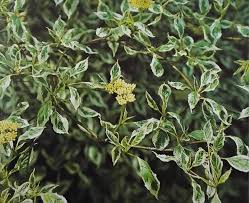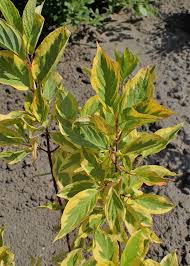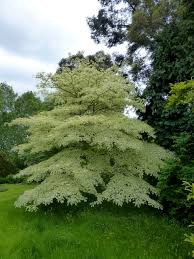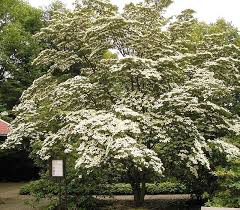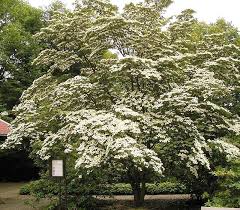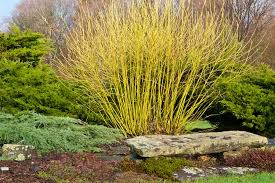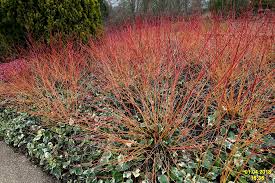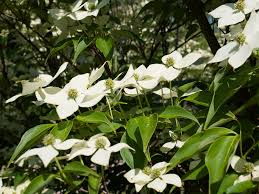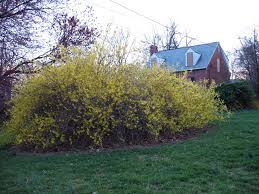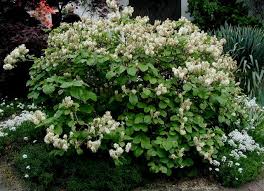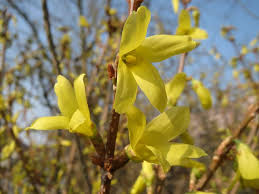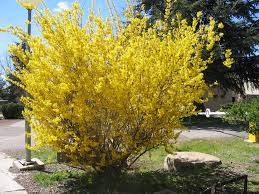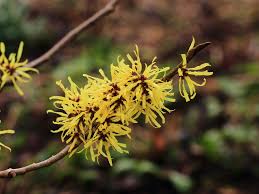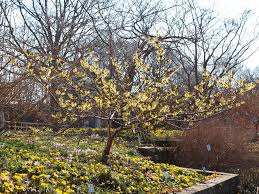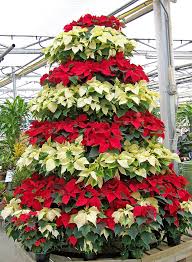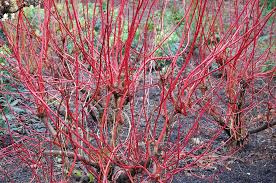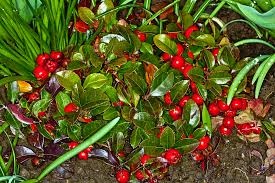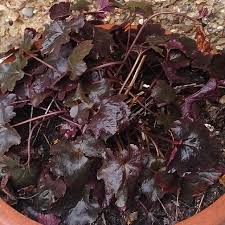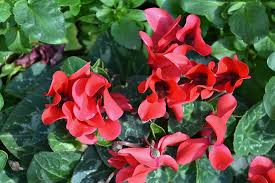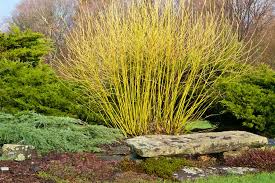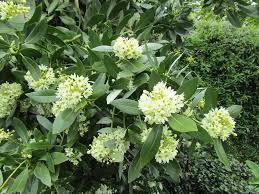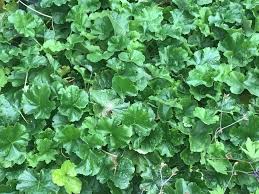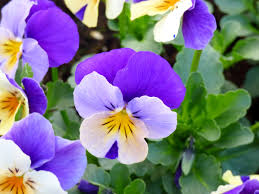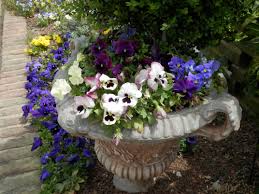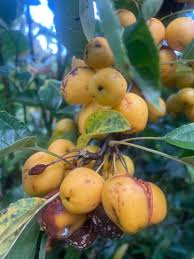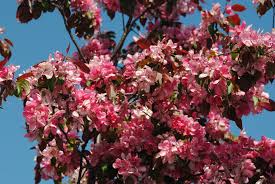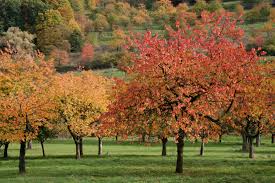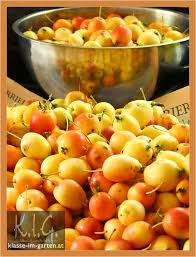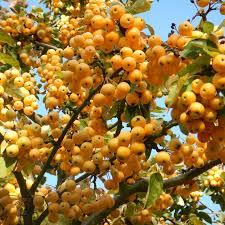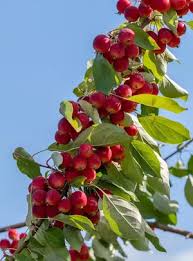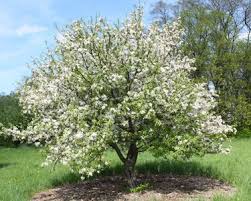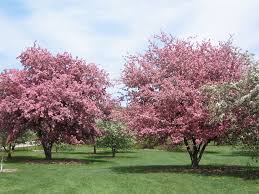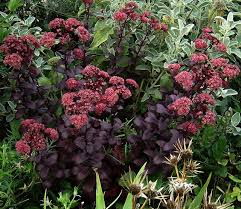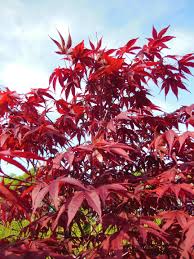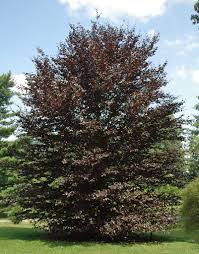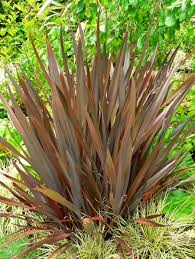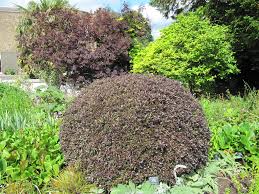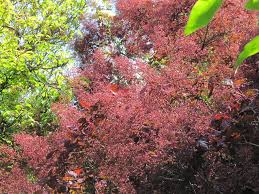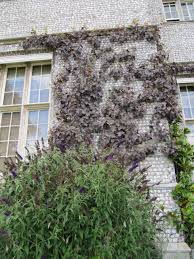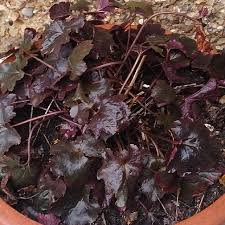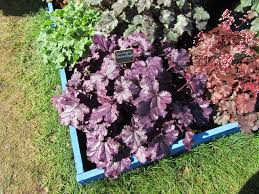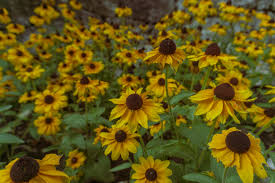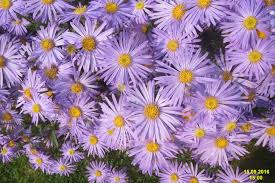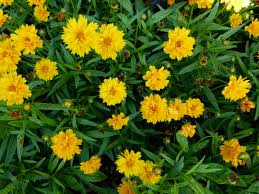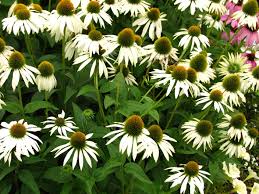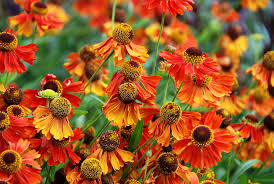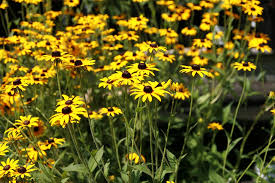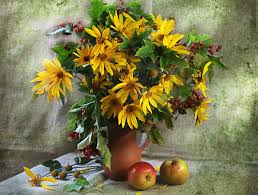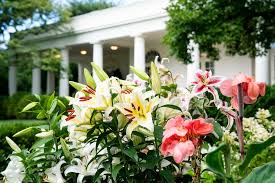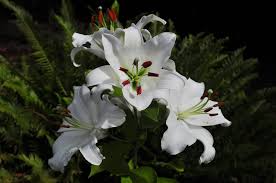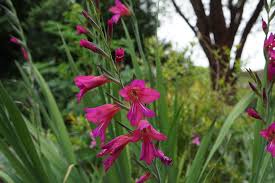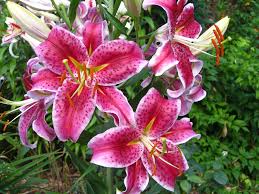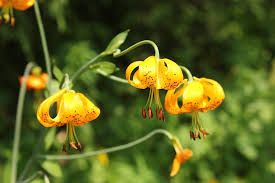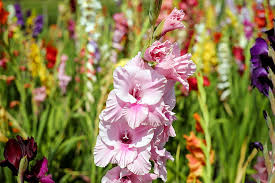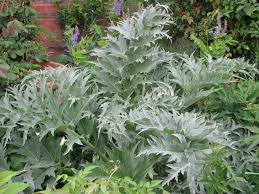
Architectural plants of artichokes
Garden plants that have thistle like flowers make a striking statement, from the vivid metallic blues of sea hollys and echinops to a sweep of brown teasels on a frosty autumn morning and the gigantic Cardoon, these plants can bring a wow factor to your garden planting.
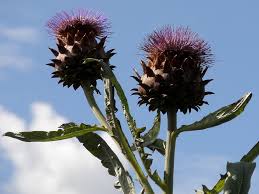
Cynara carduncalus
Cyynara cardunculus: Often thought of as the ornamental artichoke, this is a large statement plant. Producing a clump of over a 1m in diameter of large deeply toothed thistle like leaves in a striking sliver. Tall flower stems of over 2m in height produce giant blue purple thistles and flower from June to September. A great statement plant in a boarder. Plant in well draining soil in full sun.
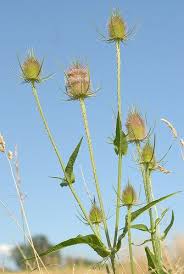
Dipsacus fullonum
Dipsacus fullonum:The common teasel, can be a rampant treat in a wilder area of the garden. It is a biennial, forming a low crown of basal mid green leaves about the size of a small dinner plate. In the second year a flower spike reaching up to 1m in height is produced with a very prickly stem with single flowers or branches of flowers, which are light green thistles with small mauve flowers in mid summer. But this invasive thistle comes into it’s own in the autumn when it dries to a gold brown and is an important food souse for birds and other wildlife. If you have room for a wild corner in full sun, these plants make a great addition to the wild garden.
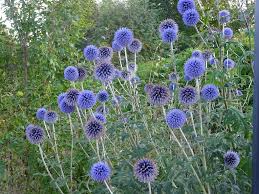
Echinops ritro ‘Veitch’s Blue’
Echinops ritro ‘Veitche’s Blue’:clumps of deeply toothed dark leaves with sliver undersides make a good back drop for early flowering herbaceous plants. Tall sliver flower stems up to 90cm produce round golf ball size thistle flowers of a vivid blue in late summer. The bees and hover flies go wide for them. Grow on a well drained soil in full sun.
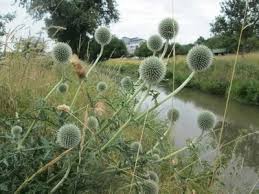
Echinops sphaerocephalus ‘Arctic Glow’
Echinops sphaerocephalus ‘Artic Glow’:This is the ‘big daddy the Ecinops. Making a very large bushy clump of up to 1.5 wide. Of dense large dark green thistle like leaves with grey undersides. Multiple stems up to 2m tall produce white/sliver thistle like flowers.
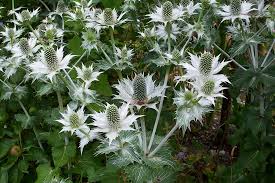
Eryngium giganteum ‘Miss Wilmott’s Ghost’
Ergngium giganteum: Often called ‘Miss Wilmott’s Ghost’, this sea holly is a prolific self seeder, so the fact that it is biennial, is not a problem. With clumps of round leaves forming a basal clump. Tall white stems up to 1m with large sliver thistle flowers. Flowers July to August. Bees love them. Grow on free draining soil in full sun. Will do well in coastal situations.
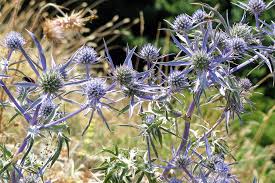
Eryngium x tripartitum
Erngium x tripartitum: Round sliver leaves make a low clump, multiple branching stems which are a striking cobalt blue, hold tiny blue thistle flowers from July to September. Grow in free draining poor soils in full sun, will cope well with Coastal wind and sea spray.

Teasels on mass
I hope I have inspired you to look again at these more unseal and dramatic plants. If you would like help creating a coastal garden I know just the woman, give Emily a ring on 01273 470753 to discuss you planting and garden project.

